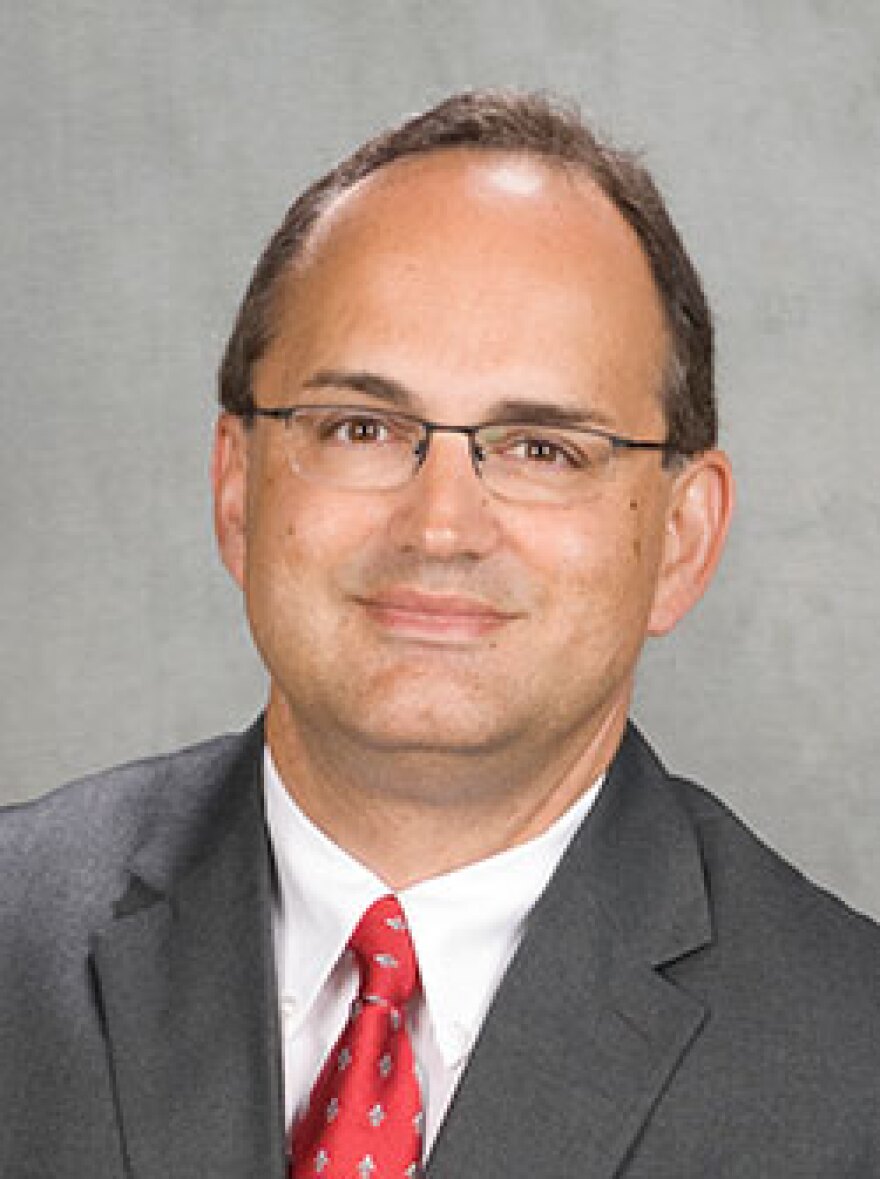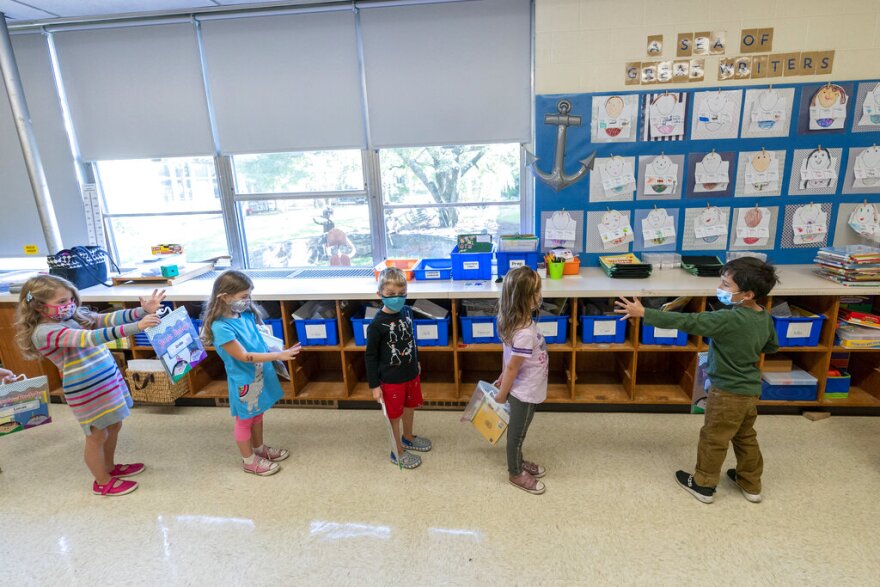COVID-19 laid bare technology access inequities among students. After months of virtual learning, many Peoria-area schools plan to use the summer to make up for lost ground.
Tim Shelley speaks with Dean Cantu, the associate dean and director of Bradley University's department of education about the digital divide and overcoming the COVID slide.

DEAN CANTU: The digital divide and the the equity gaps relative to access to technology, state of the art technology access to broadband with internet or WiFi, those issues preceded the pandemic. But what the pandemic did is it served to amplify and to highlight that. And that is definitely one of the takeaways, is the the issue of the digital divide and the access to technology.
I know a number of districts, you know, provided to students, the Chromebooks and other laptops, and they tried to ensure that the students have access to broadband with WiFi in their homes. So I know a number of districts did due diligence and trying to address that.
There was a recent article in NEA Today, the National Education Association publication, where they highlight a one of the takeaways is when we go back to it, we're all but back to in-person learning, we can't leave that issue unaddressed, we need to go back now. And we need to have that frank discussion to ensure that type of inequity is addressed. And that is, without a doubt one of the one of the big takeaways from the pandemic.
TIM SHELLEY: And I know one big concern, both among educators and in parents, really, is - is there going to be a learning gap due to this year of remote learning, or I guess, however many months the student was in it when we had to shift rather abruptly back there in March 2020? And I think there's some concern that some students might permanently fall behind. Is that a real concern? And what do we do about that?
DEAN CANTU: Right. Well, that's one of the things that it's actually pointed out in the NEA Today article that came out last month. A site study that found that students of color could be six to 12 months behind due to the COVID-19 pandemic, compared with white students, who that study found may be four to eight months behind. So you have that type of disparity.
The other thing that's pointed out there's also a gap in terms of the return to full time in person learning across the nation. This spring, what we find is, if you look at all of the K-12 students in public schools, approximately 40% - it's 39% - are receiving full time instruction. But if you break it down demographically, that 39, 40% for white students is 52%. And for African American students it's 30%. In Latinx students it's 32%.
So we see a gap there in terms of that transition, you know, from remote learning and hybrid learning to full time learning. And that, many cite, is a contributing factor or variable in terms of what we're discussing. It's another factor that is is impacting student learning. And that what sometimes referred to as that" COVID slide" that occurs during this period of time.
TIM SHELLEY: Absolutely. I know like Peoria Public Schools, to give one example is doing kind of like a beefed up summer school this summer, where you might go to school longer, or you know, throughout the summer basically to try to catch up. I mean, is that one option to try to catch up?
DEAN CANTU: Absolutely. And in fact, that's one that you'll see cited as a way of trying to address that, is to have, as you termed it, a beefed up summer school which allows for more engagement, i.e. more hours of instructional delivery, and teaching and learning taking place, and also broadening the opportunity to more students to participate in summer school that may not have had that opportunity in previous summers. So that is without a doubt one of the suggestions that a number of educational organizations makes relative to try to address that gap prior to the start of the of the 21-22 school year.
Community support is the greatest funding source for WCBU. Donations from listeners and readers means local news is available to everyone as a public service. Join the village that powers public media with your contribution.


